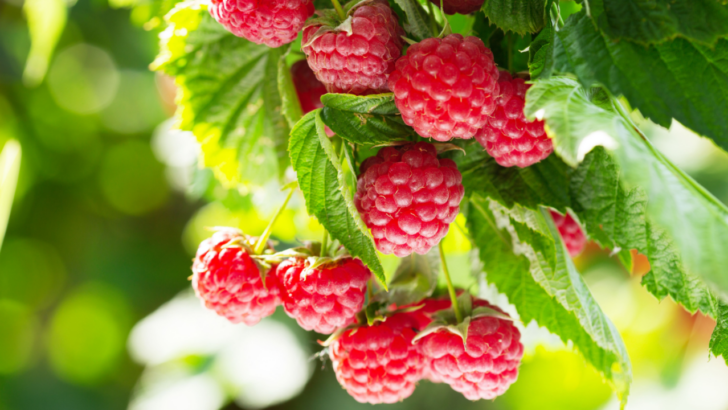There’s nothing quite like stepping into your garden and picking handfuls of fresh, juicy berries straight from the vine.
If you’re craving sweet, healthy snacks, want to make homemade jams, or need fresh berries for summer desserts, growing your own is the answer. Even if you’re short on space, fruit that grows like a vine is a great solution to add vertical bounty. After all, what’s better than a berry lover’s paradise in your own backyard?
Which Berry Plants Should You Choose?

Image Credit: Shutterstock.
Want to add vining berries or other fruits that grow on trellises to your yard but have no idea where to start or which to choose?
We turned to expert advice from university extensions across the U.S. – including New Mexico State University and the University of Minnesota – to track down the best berry plants that grow like vines for a big, reliable harvest. Here are the top picks every gardener should consider planting to enjoy a bounty you’ll be proud of year after year.
What You Should Know
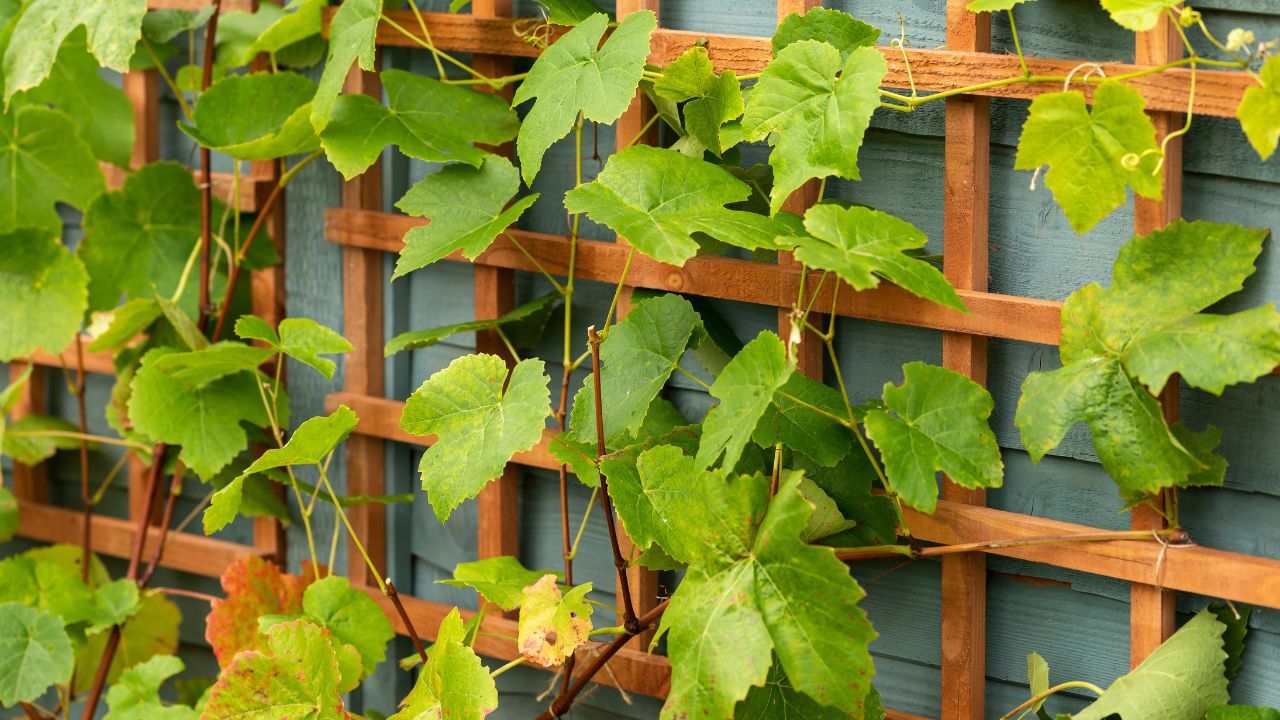
Image Credit: Shutterstock.
All of these plants need some type of trellis for support. Mary Concklin, visiting extension educator at the University of Connecticut, says to avoid planting cane berries near where tomatoes, potatoes, or eggplant have grown in the past five years because they will be more susceptible to verticillium wilt. Cane berries are berries, like blackberries and raspberries, that grow on long, thin stems called canes coming out of the base of the plant.
Some of the best spots to plant berries around your yard include along a property line or fence, in raised-bed gardens, or anywhere with full sun and well-drained soil. Consider how easy it will be to harvest when choosing a location.
Blackberry
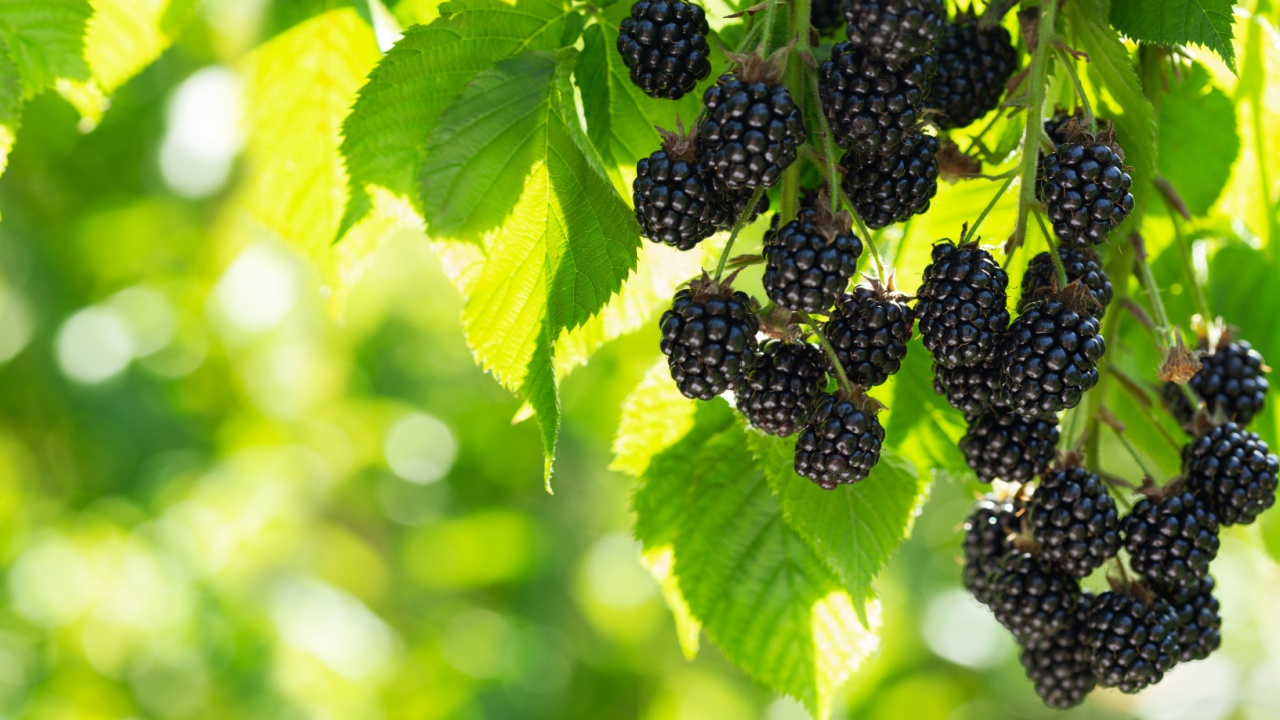
Image Credit: Shutterstock.
Blackberries are packed with antioxidants, a fantastic addition to any garden. The beautiful and productive perennial grows on canes and can even double as a natural hedge.
Blackberries grow in two stages: the canes develop in the first year, and then produce fruit the following summer. After fruiting, those canes die back, but no worries! New canes are already in place, gearing up for next year’s harvest. According to New Mexico State University Extension horticultural specialist George Dickerson, a single blackberry plant can produce fruit for up to 15 years.
Choosing the right variety for your region is key. You’ll find both thornless and thorny options, and they’re surprisingly easy to maintain. Trailing and semi-erect varieties will need a trellis for support, while erect types can benefit from some extra help, too. Personally, I’ve been growing blackberries for over a decade and have found that a simple setup of t-posts and wire works beautifully to keep the canes upright and thriving.
Boysenberry
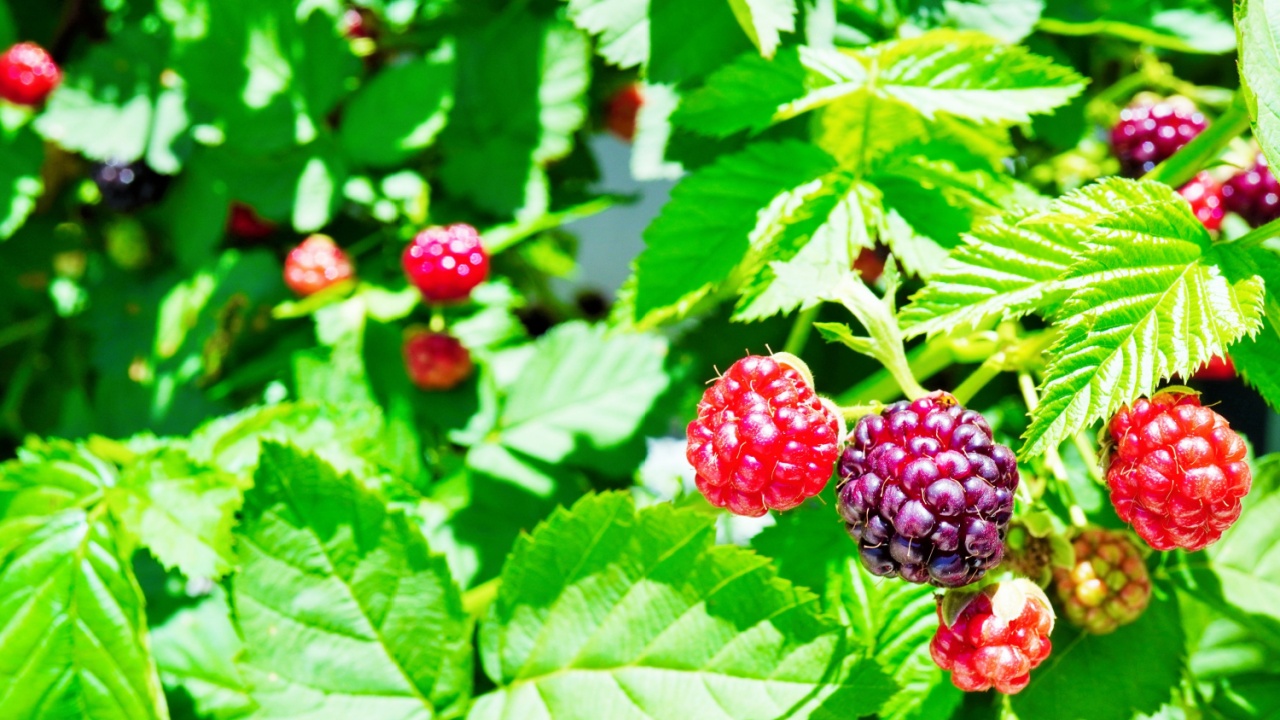
Image Credit: Shutterstock.
Boysenberries are a delicious hybrid born from a mix of blackberry, raspberry, dewberry, and loganberry. Like other berries, boysenberries contain antioxidants, vitamins, and nutrients, says the Oregon Raspberry and Blackberry Commission. You’ll rarely find these delicate berries in stores, making them a fantastic choice for home gardens. Boysenberry vines produce large berries that resemble blackberries but deliver a sweeter, raspberry-like taste.
Boysenberries thrive in warm climates, making USDA zones 6 to 9 ideal, especially along the U.S. Pacific coast. They love full sun and consistently moist soil. And here’s a bonus: they can even be grown in a pot with a trellis, bringing a taste of summer right to your patio or balcony.
Tayberry
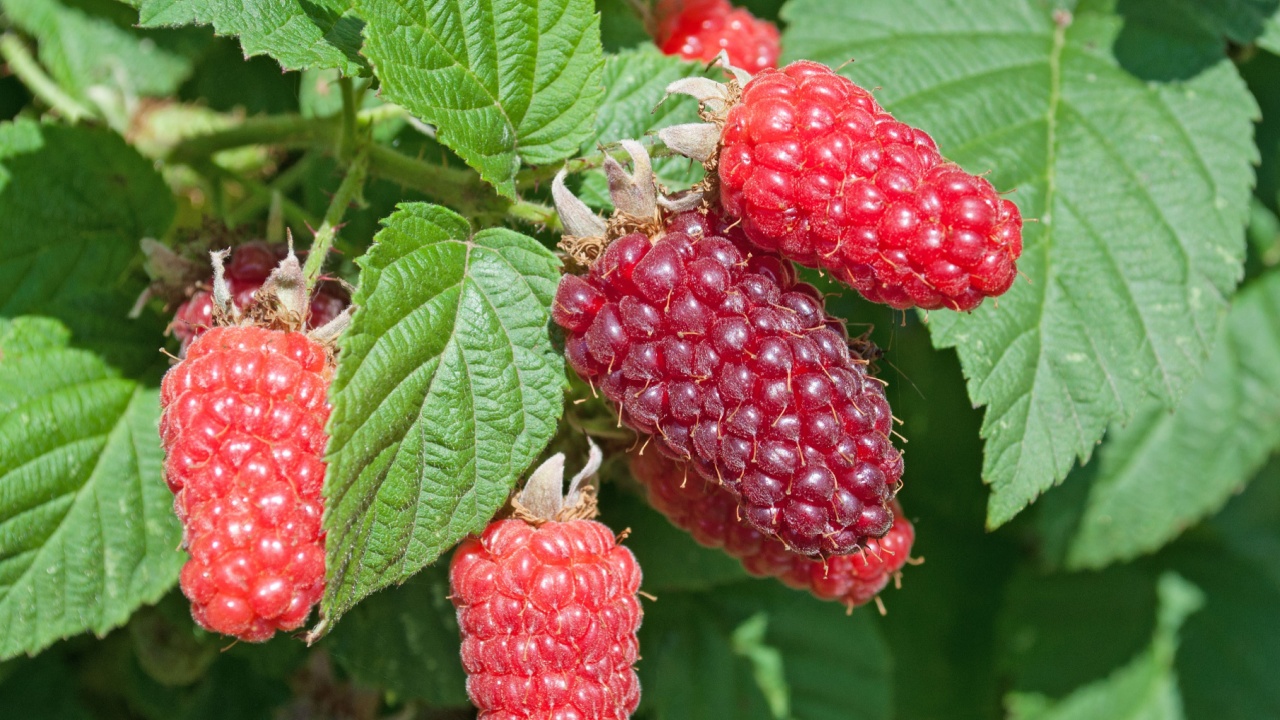
Image Credit: Shutterstock.
Another cane plant that produces delicious berries is the tayberry. It’s a hybrid of raspberry and blackberry. According to North Carolina Cooperative Extension agent Donna Teasley, tayberry has a unique sweet-tart flavor. Enjoy fresh from the vine or make them into pies, jams, jellies, or homemade wine. The berries are pretty soft and don’t transport well, so they are rarely in stores, which makes them a treat to grow at home.
Tayberry is similar to loganberry, grows like blackberries and raspberries, and is best trained on a trellis to keep it off the ground. They prefer full sun in zones 6 to 9. Although they are usually thorny, there are thornless varieties available, like the “Buckingham Thornless.”
Raspberry
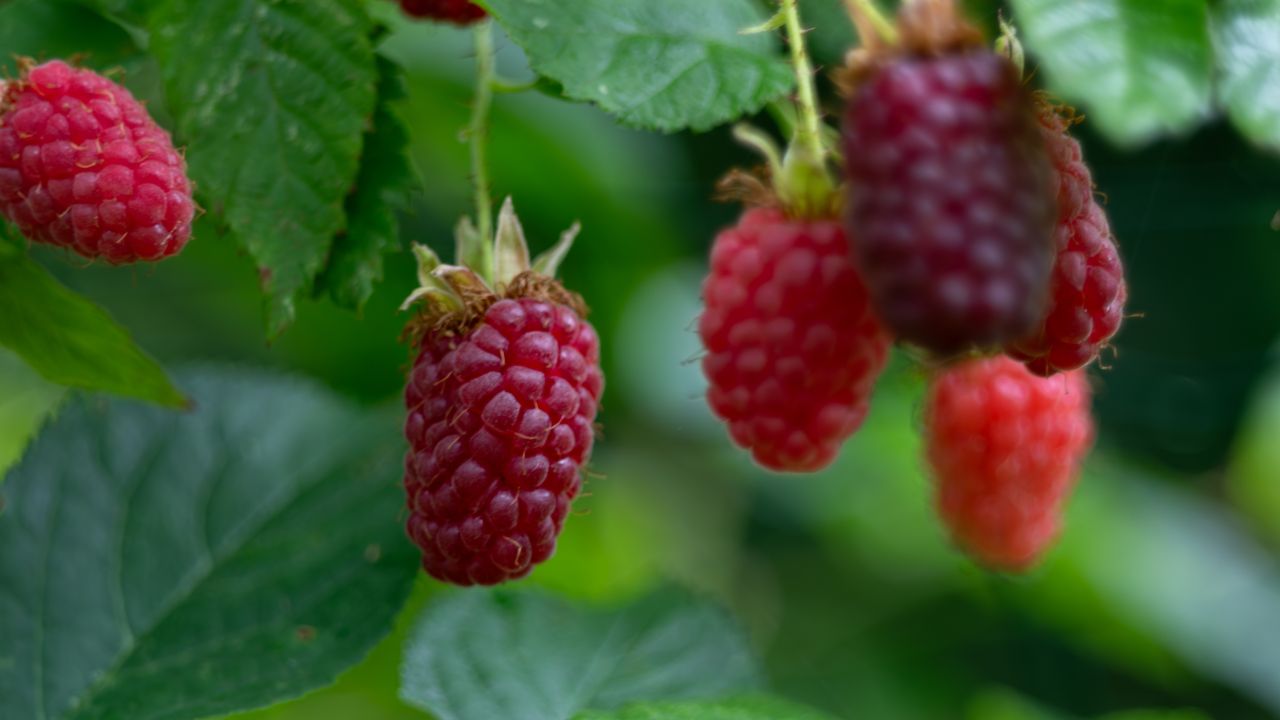
Image Credit: Shutterstock.
Raspberries may look a bit like blackberries, but they have a charm all their own. They are delicate and fragrant, with a hollow center. Raspberries come in several colors – red, black, yellow, and purple – adding a splash of beauty to any garden.
Raspberries come in two main types: summer-bearing and ever-bearing (sometimes called fall-bearing). Summer-bearing varieties produce fruit on two-year-old canes, similar to blackberries. Ever-bearing types will fruit on new growth, and according to the University of Minnesota Extension, you can even mow them down in the fall to keep things tidy!
Even if you’re short on garden space, you can still enjoy homegrown raspberries. They thrive in containers! If you go that route, fall-bearing varieties are your best bet for a bountiful harvest.
Hardy Kiwi
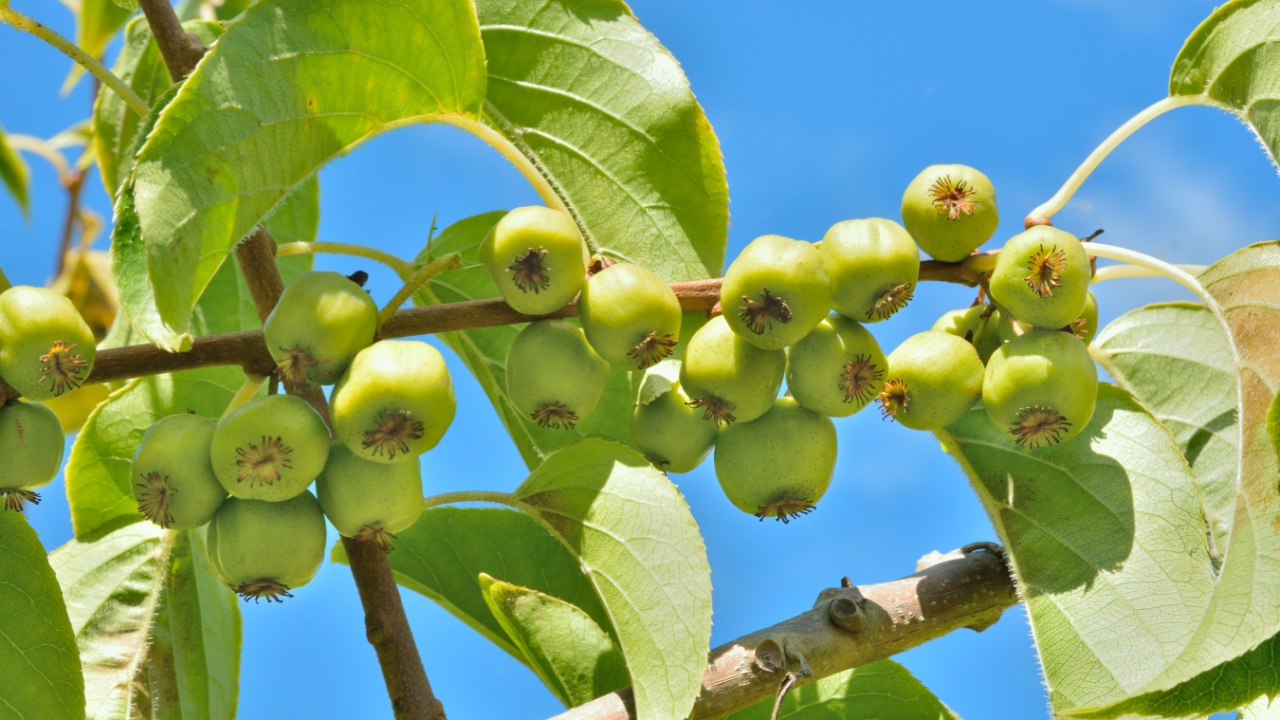
Image Credit: Shutterstock.
Hardy kiwi, also called kiwiberries, is a delicious snack right off the vine. Think of them as the smooth-skinned cousin of the fuzzy kiwi – small as a grape, but bursting with tropical flavor. Depending on the variety, you might taste hints of kiwi, banana, strawberry, pear, or even mint. Kiwiberries are full of vitamins and antioxidants, too.
Growing kiwi berries takes a little extra patience, but the reward is well worth the wait. As Penn State Extension explains, these plants are a commitment, often taking 5 to 9 years to mature and bear fruit. One of their quirks? Male and female flowers grow on separate plants, so you’ll need one male for every six females to set yourself up for success. Their vigorous vines are fast climbers, so be sure to provide them with a strong, supportive trellis. You can even grow them vertically in an urban area where space is a concern.
American Cranberry
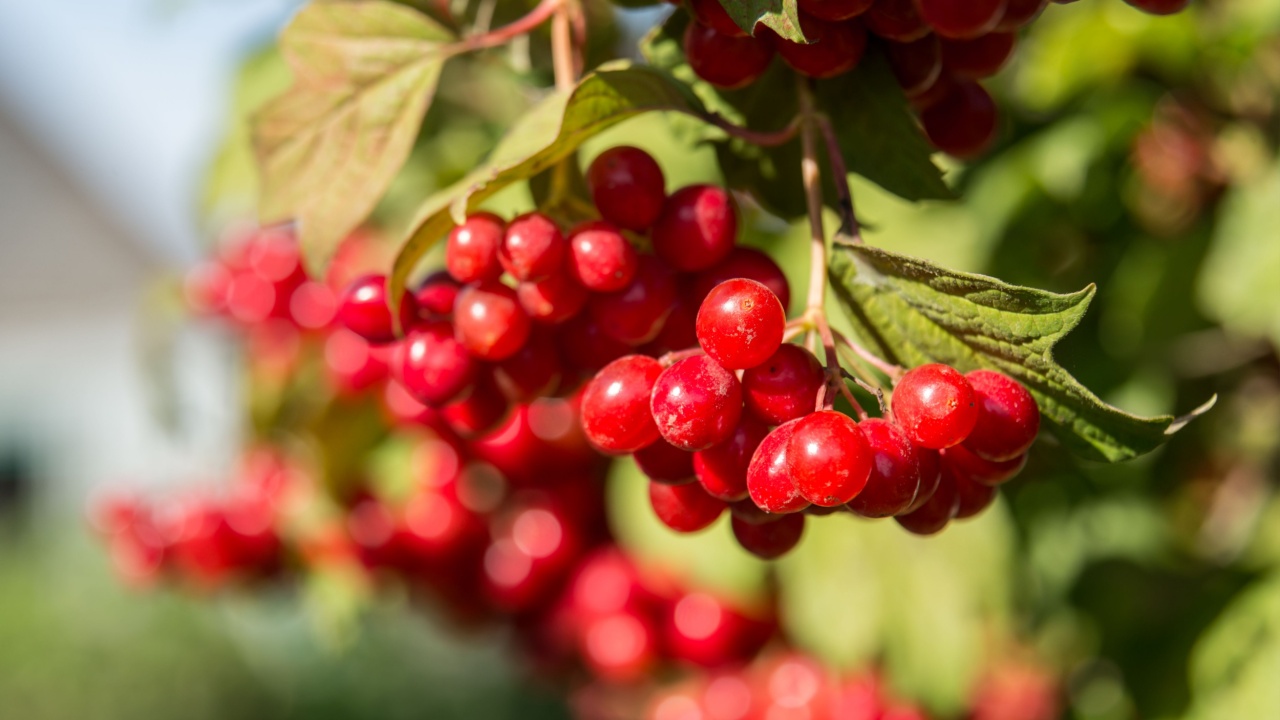
Image Credit: Shutterstock.
American cranberries grow on attractive vines that look especially striking in the fall when the leaves turn bright red and are covered in red berries. They are perfect for baking into muffins, simmering into sauces, or whipping up homemade jams. Cranberries have a long shelf life and are a traditional winter holiday fruit.
Cranberries love cool, northern gardens, but according to the University of Massachusetts Amherst, gardeners in warmer areas can still grow them if they’re in the mountains where it stays between 32° and 45°F for at least three months. These acid-loving vines prefer sandy, well-drained soil and are happiest when their “feet” stay dry.
Before planting, be sure you have plenty of space to make your cranberry patch worthwhile. And here’s a tip: look for rooted cuttings when you start because they’re much easier and more reliable than growing from seed.
Cape Gooseberry
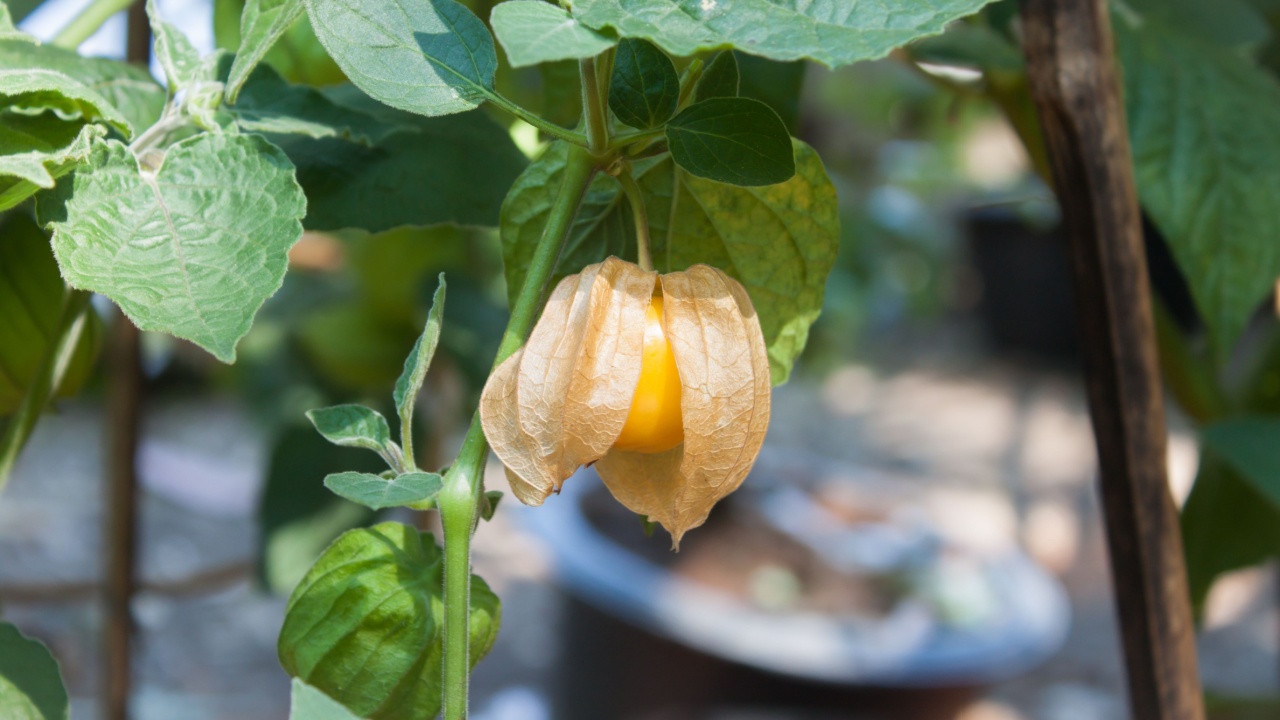
Image Credit: Shutterstock.
Cape gooseberry, also known as golden berry, belongs to the “ground tomato” family and has earned a reputation as a superfood. The University of Arkansas Extension describes the taste as a tangy sweetness with an undertone of tropical fruit. Try them raw, on top of salad or yogurt, add them to a fancy dessert, or turn them into compote or jam!
Golden berries are surprisingly easy to grow. They thrive in well-drained soil, producing marble-sized, golden-yellow to orange fruits with sticky skin. According to North Carolina Extension Gardener, they can be grown much like tomatoes, whether from seed or transplants, and they love full sun. One important note: since cape gooseberry is a member of the nightshade family, only eat fully ripe fruit – unripe berries are highly toxic.
Grapes

Image credit: Backyard Garden Lover.
Grapevines provide an abundance of fresh fruit in the summer and give a gorgeous, rustic look to your garden in the winter. This versatile fruit is wonderful eaten fresh, for making juice, raisins, jelly, and if you have a generous harvest, even wine!
Beyond their delicious and nutritious appeal, grapevines are remarkably long-lived, surprisingly easy to grow, and thrive in most of the U.S. They can be trained to climb almost any trellis, whether it’s a wooden post and wire setup, a sturdy fence, or an enchanting arbor like the one I have, creating both shade and a fruitful display. Just be sure your trellis is strong and built to last; Illinois Extension recommends a structure that can hold up for at least 20 years.
Passionfruit
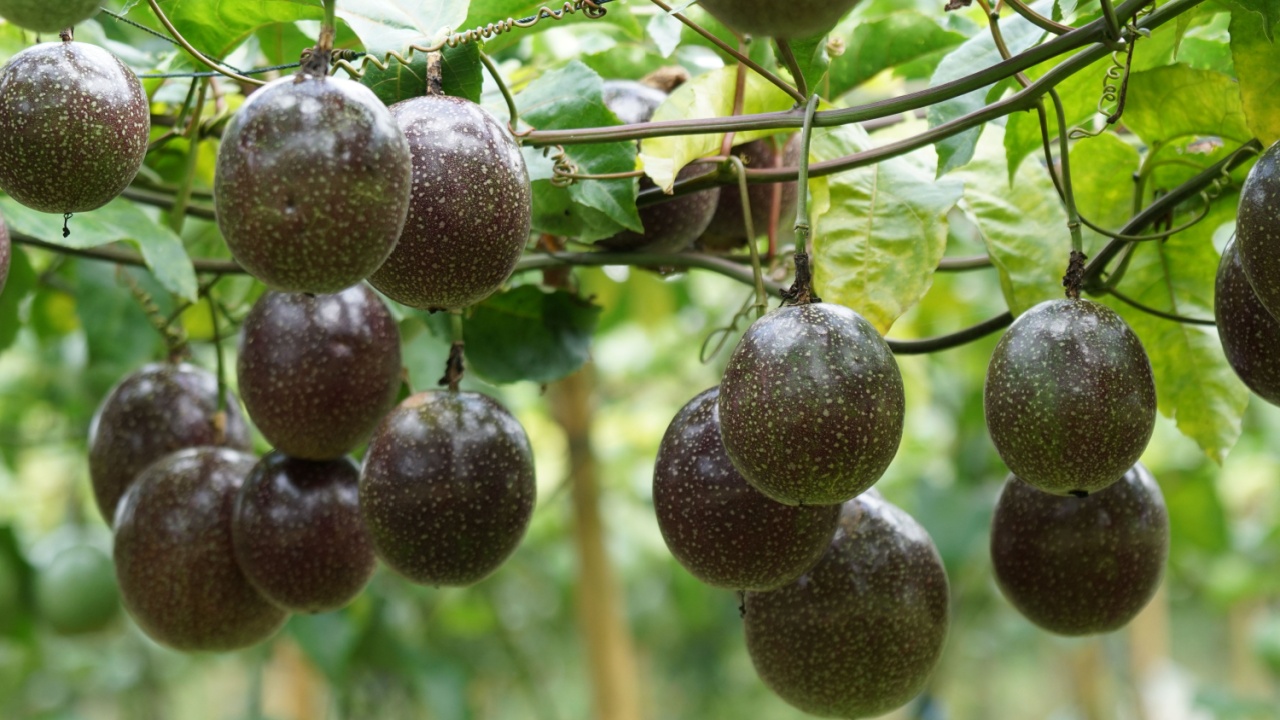
Image Credit: Shutterstock.
Take advantage of the vertical space in your garden with the passionfruit vine. The fruit juice is a good source of vitamins A and C. It has a pleasant aroma with an acidic, fruity taste. It’s used to flavor drinks and dishes. The juice makes a delightful jelly or flavoring for cakes and frostings. Mark Bailey from the University of Florida Extension notes that most passionfruit is imported and is costly, so growing your own is ideal!
Bailey says passionfruit is durable compared to other crops, and it can be grown on minimal acreage. This vine doesn’t live as long as the others – about 3 to 5 years. Cold weather protection is important with this plant. Most passionfruit vines are tropical and need zone 9 or above, but there is a cold-hardy variety – Passiflora incarnata – for cooler areas.
Why Buy Berries When You Can Grow Your Own
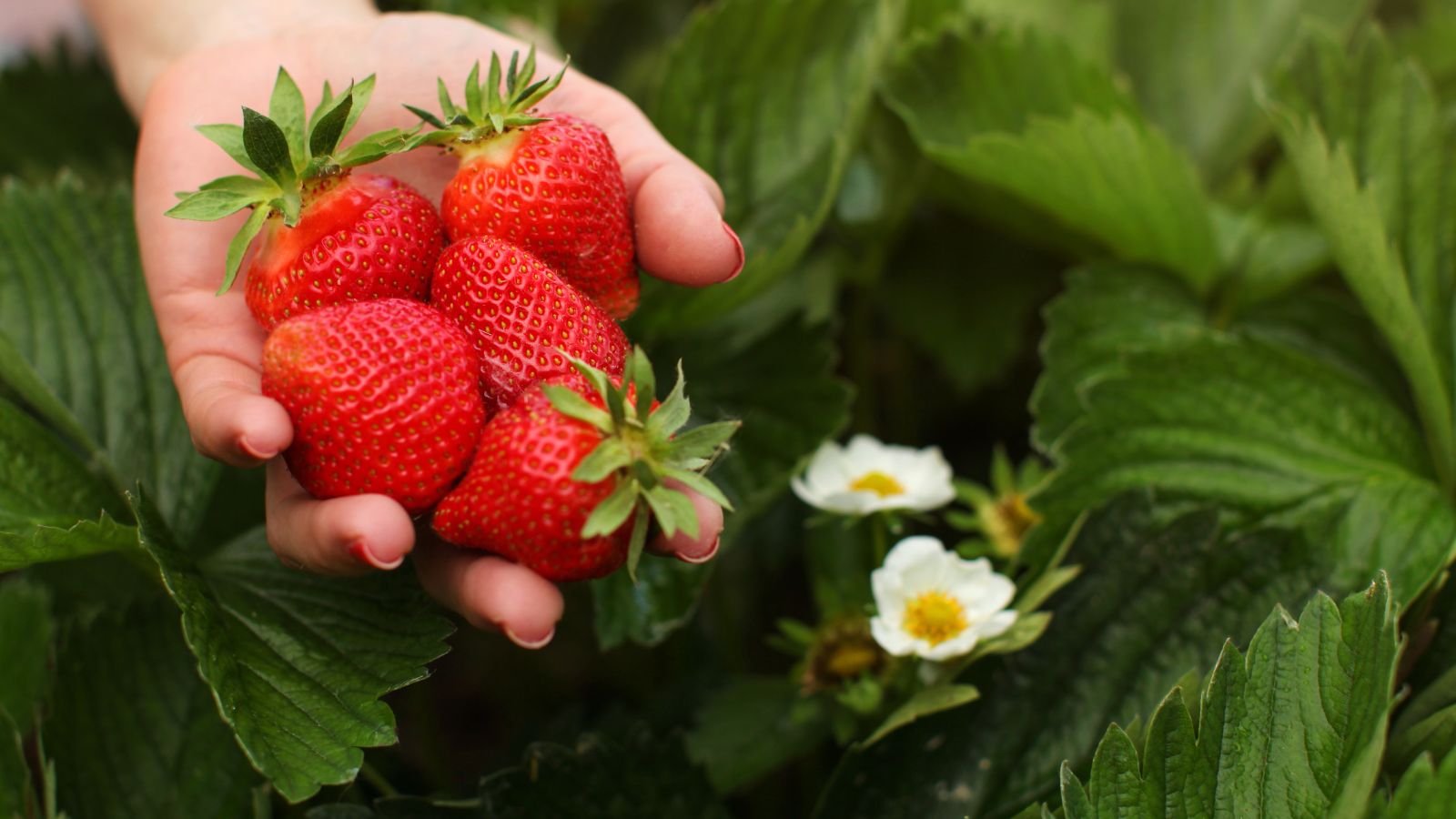
Image Credit: YayImages.
Berries can be pricey at the store, and their flavor often can’t compare to the sweetness and quality of homegrown, freshly picked fruit. When you grow your own, you not only save money but also enjoy berries that are fresher, more flavorful, and free from unnecessary chemicals. And there’s something especially satisfying about harvesting them right from your own garden.

